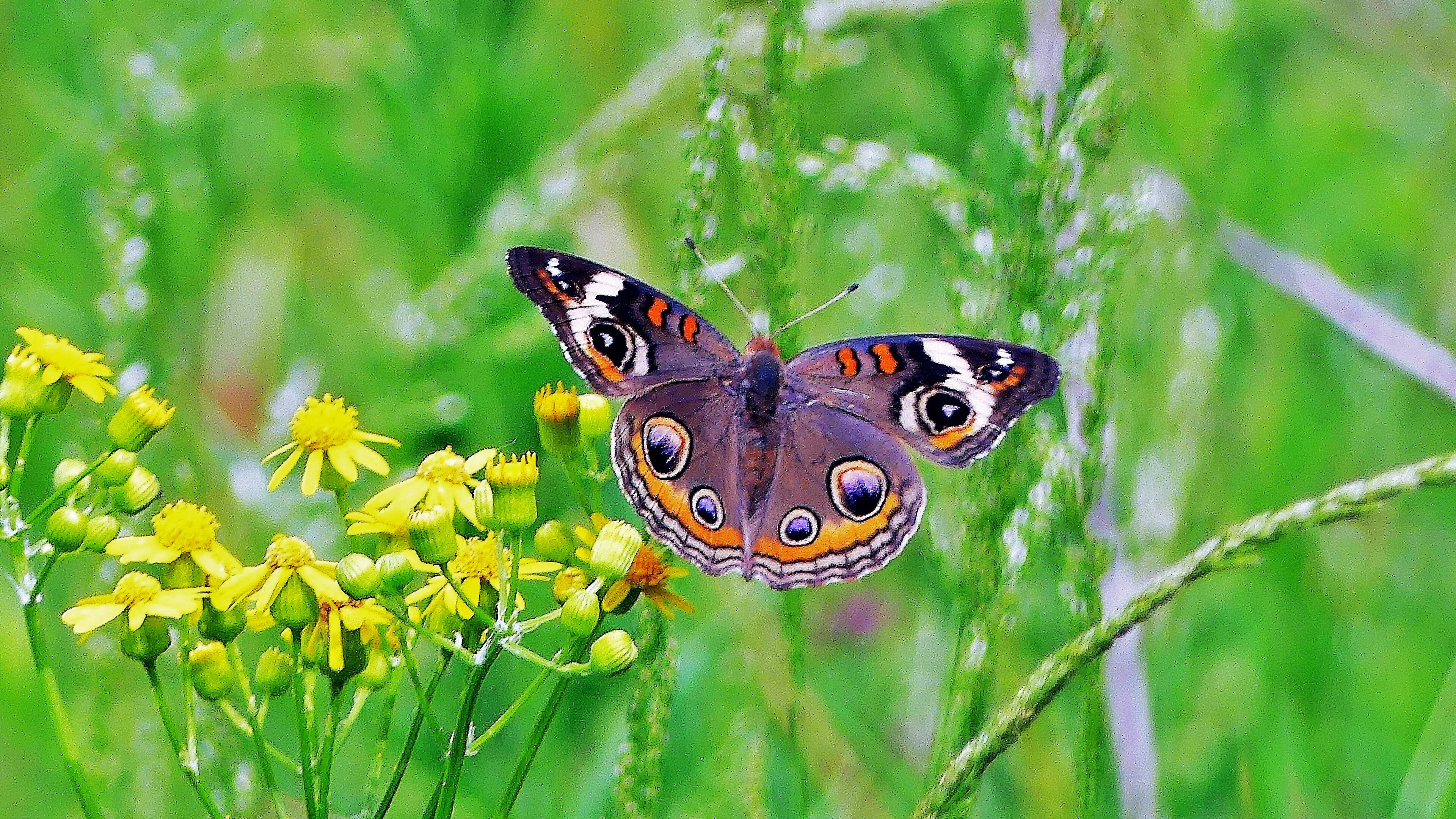Summer heat might be miserable for humans, but it’s ideal for butterflies

Summer begins June 20. As usual for a Georgia summer, we can expect many days with temperatures over 90 degrees Fahrenheit. The brutally hot weather might spell misery — and danger — for humans, but for butterflies it is ideal.
Summer, in fact, is prime butterfly season. Butterflies are cold-blooded, meaning that their body temperatures are the same as the surrounding air. Generally they fly when air temperatures are between 60 and 108, but do best on sunny days with temperatures between 80 and 100.
Here are some more tidbits that might add to your appreciation of the colorful creatures this summer:
— Of about 750 butterfly species in North America north of Mexico, more than 160 species live in Georgia. They may, however, vary in abundance from place to place. Some occur seasonally; others occur throughout the entire flowering season.
— Georgia’s largest butterfly is the giant swallowtail, which can be found across the state. The smallest is the Eastern pygmy-blue, which lives in coastal salt marshes.
— According to the Butterflies and Moths of North America project, Georgia’s 10 most commonly reported butterflies are: Eastern tiger swallowtail (official state butterfly); gulf fritillary; common buckeye; long-tailed skipper; fiery skipper; cloudless sulphur; silver-spotted skipper; pearl crescent; American lady; and sleepy orange.
— Butterflies need two kinds of plants: nectar-producing flowers for adults and “host plants” for the nourishment of caterpillars. Adult butterflies, which “taste” with their feet, may sip nectar from a variety of flowers, but caterpillars are choosy about the plants they eat. Gulf fritillary caterpillars, for instance, eat only the foliage of passion flower (maypop) vines. Monarch butterfly caterpillars eat only milkweeds.
— Almost any garden in Georgia can lure 30 or more species with the right mix of plants and other amenities. The garden should provide sunny spots and areas suited for all stages of a butterfly’s life: egg, larva (caterpillar), pupa (chrysalis) and adult.
IN THE SKY: From David Dundee, retired Tellus Science Museum astronomer: Summer arrives at 10:42 p.m. June 20. The moon will be last quarter on June 18. Mercury (low) and Mars are in the west just after dark. Venus is in the east a few hours before sunrise. Saturn rises in the east after midnight.
Charles Seabrook can be reached at charles.seabrook@yahoo.com.
